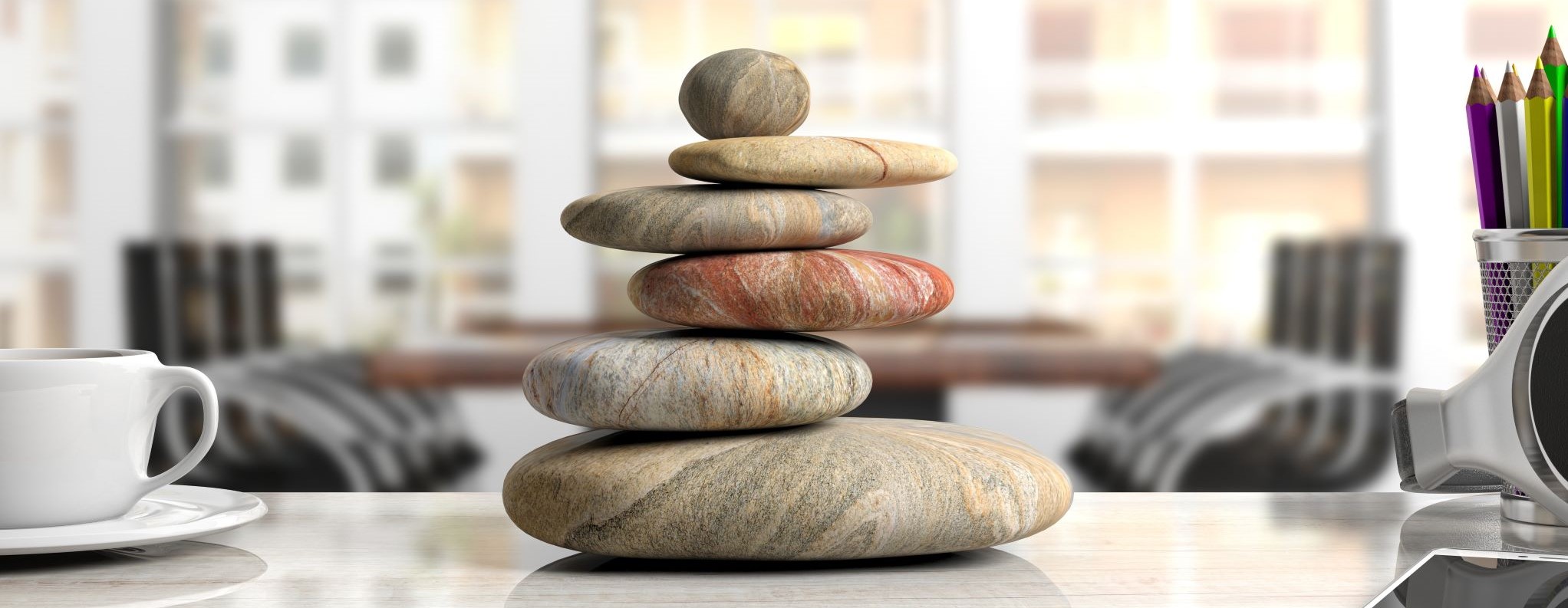Today, the LMS HR Team Continues Its Wellness Tuesdays for Mental Health Awareness Month
Pressure Points, or acupressure, is a fun, more scientific approach to mental wellness and relaxation for just a few minutes of relief at home or the office. Today, the LMS HR team continues its Wellness Tuesdays for the entire team. We have had a healthy turnout, and it is a boost to culture in honor of Mental Health Awareness Month.

The Pressure Points Explained
For stress release, the Hall of Impression point is between the eyebrows. While sitting, take your thumb or index finger and gently rub that area for a few minutes with breathing deeply.
The Heavenly Gate point helps relieve anxiety and insomnia while seated. It is in the thin shell section at the top of your ear, centered with the lobe. In this case, take two minutes to gently rub it in a circular motion.
The Shoulder Well point is where you might imagine. It is the two points of the muscular area at the bottom of the neck on either side. Being firm, use your thumb and forefinger to squeeze and massage for five seconds to relieve headaches, stress, and tension.
The Union Valley point is next up. This is more of a challenge. With your thumb and index finger, apply pressure in the middle of the webbing between your thumb and index finger on the opposite hand. Believe it or not, it relieves headaches, stress, and neck pain. Rub firmly for five seconds while breathing deeply. You may need to do it several times to feel the effects.
The Inner Frontier Gate is about three finger widths between the wrist and forearm. This area is to relieve nausea and pain. With your palm facing up, feel for the point between the tendons and massage for five seconds.

Effective Exercise for Mental Health Awareness Month
These are far from the only pressure points on the body, but they are effective for quick relief in the office. The techniques might seem pointless initially, but it takes practice to make it work, similar to meditation or yoga.
In a 2028 study by the National Library of Medicine, it was determined that acupressure helped to reduce stress and anxiety. It found that acupressure also was beneficial in relieving anxiety before and after a medical procedure.
Acupuncture and acupressure are similar, but acupuncture uses needles, and the acupoints are stimulated by inserting points on the skin’s surface to balance and release energy. It is a longer process, and though the needles may scare off some, acupuncture is much more intensive and applied by a professional with years of training.
Acupressure is rooted in Traditional Chinese Medicine (TCM), which has been practiced for thousands of years. It spurs the body’s self-healing mechanisms and stimulates the meridians, or pressure points.
“Acupressure stimulates the body’s circulatory, lymphatic, and hormonal systems,” explains acupuncturist and naturopath. Kumar Pandey in Vogue. “It helps relieve stress and anxiety, improves sleep, relaxes your muscles and joints, regulates digestive issues, minimizes headaches and migraines.”
There are plenty of ways to relieve stress and anxiety, but it takes practice. It can be surprising how well some of these techniques work when done correctly over time.

“The Chinese medical model discovered that the human body is crisscrossed by these invisible lines of energy. CM theory also holds that each meridian pathway is connected to a specific organ. It’s this interconnection of specific points that allows acupressure to work.”
Dr. Steve Moreau, DOM, AP at the Florida College of Integrative Medicine on Healthline
